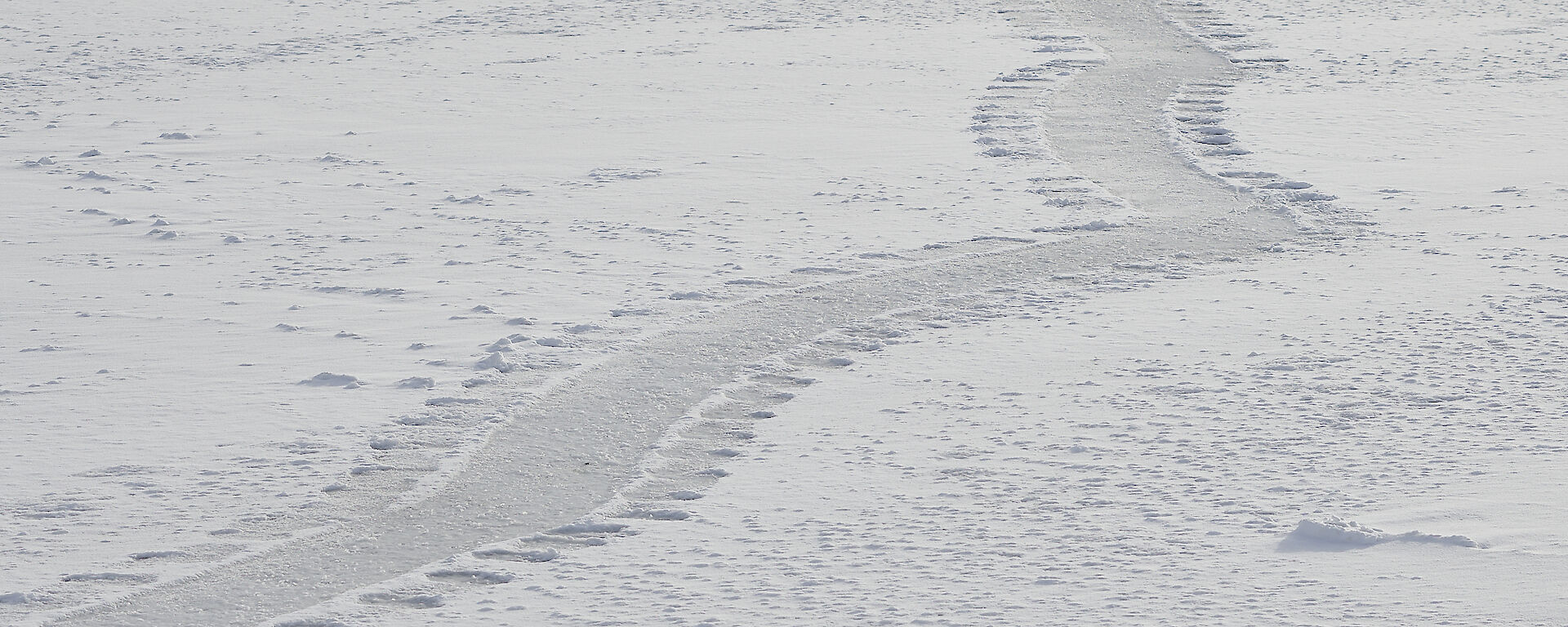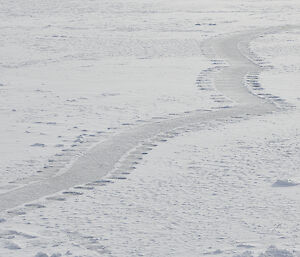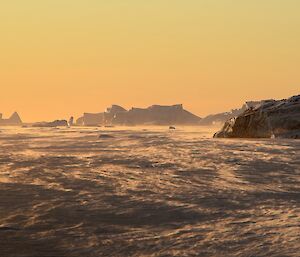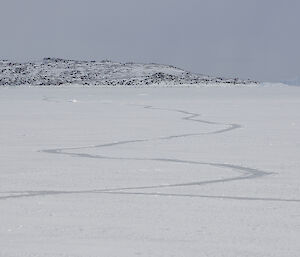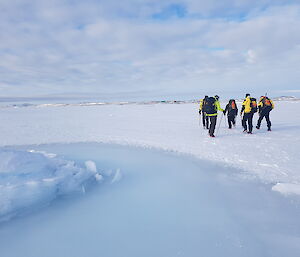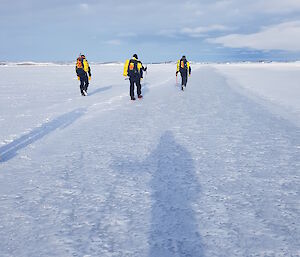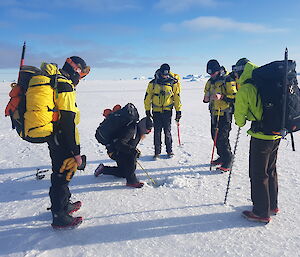Every year at Davis, the sea freezes over — usually in late-March, but it varies every year depending on weather conditions. It’s quite an experience waking up one morning and seeing a thin sheet of ice covering the sea in front of station for as far as the eye can see, and really makes you aware of the descent into winter.
While ice might seem like a bit of a clichéd thing to study in Antarctica, it is important to observe as its yearly cycle is an integral component of the polar climate system. By keeping a detailed multi-year record, it can provide important insights into global climate patterns.
Recently, we've had small groups cautiously venturing out to test the thickness of the sea-ice at various distances from shore to assess its thickness and quality. While the elephant seal tracks criss-crossing the snow show that they clearly apply different standards when judging sea-ice load capacity (seals are known for their recklessness), it still shouldn’t be long before we too can start taking advantage of this natural highway.
- Dan Dyer, Electronics Engineer/Sea Ice monitoring program co-ordinator

